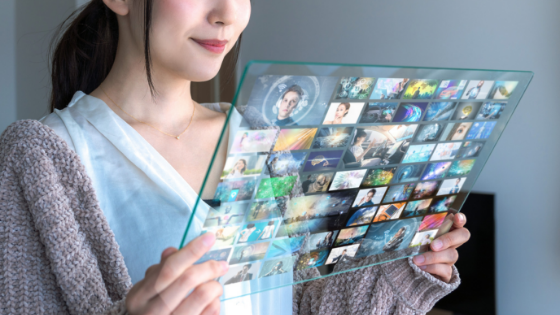As the impending end of third-party cookies grows closer, media organizations worldwide are working to adapt their business models and change their approaches to digital advertising. In an exclusive
Augmented Reality in Advertising: Will it Take Off in 2020?
Tiffany Kelly | Industry Analysis | 10th December 2019
The rise in Augmented Reality (AR) is apparent throughout industries such as gaming, healthcare and education. As we move into 2020, the advertising industry is no exception with total AR/VR spending worldwide projected to amount to 18.8 billion U.S. dollars. AR allows marketers and advertisers to reach consumers in innovative new ways while driving higher engagement rates and brand recall.
How Does Augmented Reality Work?
AR allows digital information to be displayed on top of real-world items when viewed through the lens of a smartphone or other digital devices. It’s powered by computer vision which helps cameras understand a user’s surroundings.
There are two major types of augmented reality: marker-based (target images) and location-based (overlays).
- Marker-based AR ads require a target image such as an ad, customers can scan with their phone cameras and trigger a virtual content experience.
Example: a publisher can create a marker-based AR print ad in their newspaper or magazine with a specific CTA. Once a user scans that image with their smartphone in the publisher’s app or mobile site, they could be shown a completely interactive video ad experience.
- Location-based AR ads don’t require these marker images and simply overlay virtual content based by using location services like GPS.
Example: when a shopper is at a particular store location and that location triggers AR experiences or discounts on the shopper’s phone.
Benefits of AR in Advertising
BMW was the first brand to make use of AR for commercial purposes with its AR-enhanced print ads in 2008. In 2009, Esquire published the first AR-enabled magazine when it let readers scan the cover to make Robert Downey Jr come to life on the page. As time passed and technology advanced, advertisers and marketers found innovative ways to benefit from it.
In past articles, we’ve mentioned publishers such as Hearst and News Corp reporting an increase in engagement by up to 45% while using emotion-based ad targeting - and AR ads take emotional connection to a new level. A 2018 study by Neuro-Insight found that the part of the brain responsible for memory coding sees almost three times the level of activity when engaging with AR versus non-AR experiences.
Specific industries such as automotive are leveraging the tools for more immersive experiences. Jaguar Land Rover let consumers virtually test drive its new car, the Velar, through an AR-enabled banner ad campaign. The campaign produced an average dwell time of 121 seconds -- 15x the industry average.
How to Get Started
If you’re a publisher or brand looking to get started with an innovative AR ad strategy, there are a few go-to software solutions to make it happen. Start by exploring Google’s ARCore, Apple’s ARKit, Vuforia Engine or ZapWorks. The New Yorker just unveiled a new AR feature on their app called “Animate Objects.” What do you think is next?
Related Articles
2021 has been a challenging year for everyone, with the entire world continuing to navigate the pandemic and coming to terms with the ‘new normal’ ways of working. I am very proud of the work the
Enterprise technology has transformed the way media corporations operate in recent years. As well as facilitating easier collaborations between teams and streamlining otherwise time-consuming admin
It is no secret that Lineup has a passion for the media industry and empowering our customers' success: it’s how we were founded in 2009 and how we move forward with product innovation, with our
